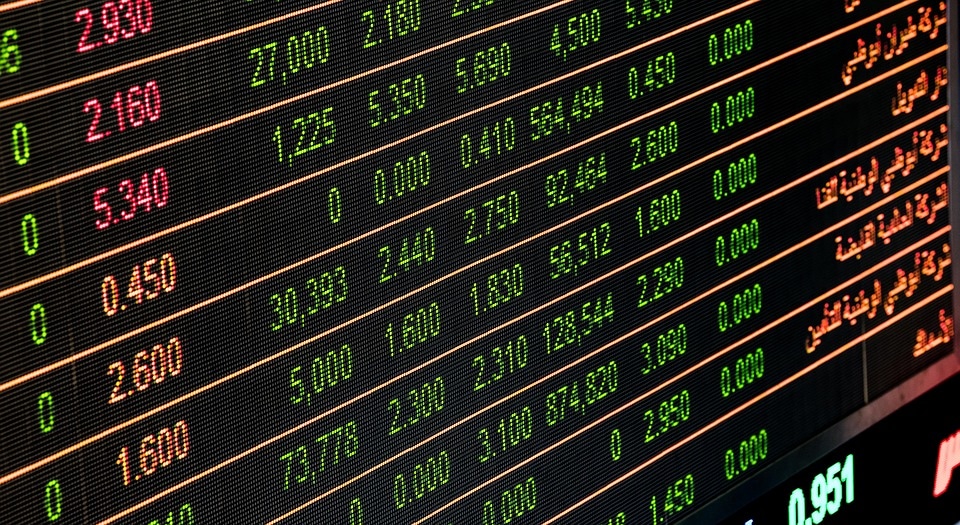How to Build an Understanding of Forex Trading
There is plenty of information on the internet that discusses forex in-depth, making it hard to for new traders in terms of where they should begin their educational journey. The vast amount of information can be quite overwhelming, especially with all the numbers that need to be consumed from the offset.
This article aims to help you slowly increase your knowledge on forex trading providing you with the logical steps every forex trader goes through and has to consider. Let’s take a look at the important concepts that all forex investors must understand before trading.
The 8 major currencies
Unlike stocks where investors have hundreds of different options to choose from, in forex, you only need to follow 8 major currencies, and determine which will provide the best overvalued or undervalued opportunities. Below are the 8 currencies that you need to follow:
USD
These currencies are being used by the biggest and most sophisticated economies in the world. By focusing on these 8 countries, traders can take advantage of earning interest on the price movements. Fundamental business and political news is released every day by media outlets, allowing investors to get a general idea on how to assess the wellbeing of each country.
Yields and returns
Have you ever exchanged money from a money changer? If you have, then you’ve participated in a forex transaction. The same concept applies when trading forex professionally. When you trade in forex, you are buying a currency and selling two underlying currencies. All currencies are quoted in pairs because each currency is in direct correlation. For example, the USD/JPY pair is quoted at 110.9. That means you’ll spend JPY 110 to purchase USD 1.
The purpose of trading in forex is to take advantage of the price movements. For example, in the last 5 minutes, the USD/JPY pair is quoted at 110.9. In the next 5 minutes, however, the price changes to 110.11. You can sell your USD/JPY pair in order to gain USD 0.02. Now, this may look small but imagine trading hundreds or thousands of dollars. On a good trading day, forex traders can earn thousands of dollars.
The great thing nowadays is if you need to practice trading, you don’t need to spend a single penny anymore. All you need to do is find a site that offers a dummy account that allows newbie traders to trade with ‘play money’ to help them learn the markets. For instance, FXCM’s MetaTrader 4 platform provides fully-customizable algorithms useful for trading, as well as interactive charts. Using a forex tool for trading is also cheap, usually charging traders as little as $60 to get started instead of hundreds of dollars which is great for gradually working your way up to bigger trades as you become more comfortable and knowledgeable about the market.
Leveraging Returns
The forex market offers a great amount of leverage, which can reach 100:1. This means that you can control $10,000 worth of assets with just $100. Leverage can create massive profits for you but it may also result in big losses when you predict the wrong price movements.
Here’s how leverage works: say you were to hold a 100,000 unit position with USD/JPY using $2,000 worth of equities. You will probably earn a $6.40 in interest daily. That’s $64 in interest after only 2 weeks, and $640 worth of interest after around 3 months. That’s not so bad compared to the interest rates that a bank will give you over a year when you deposit money. The only pro of keeping money in the bank is that the returns of your money don’t carry any risk.
Oanda published this article explaining leverage if you want to learn more about it.
Using the above information is a great way to begin trading. However, this should be the basis of your trading journey, as every trader will tell you, there’s not a day goes by where you don’t learn something new.
(image credit: pixabay)

